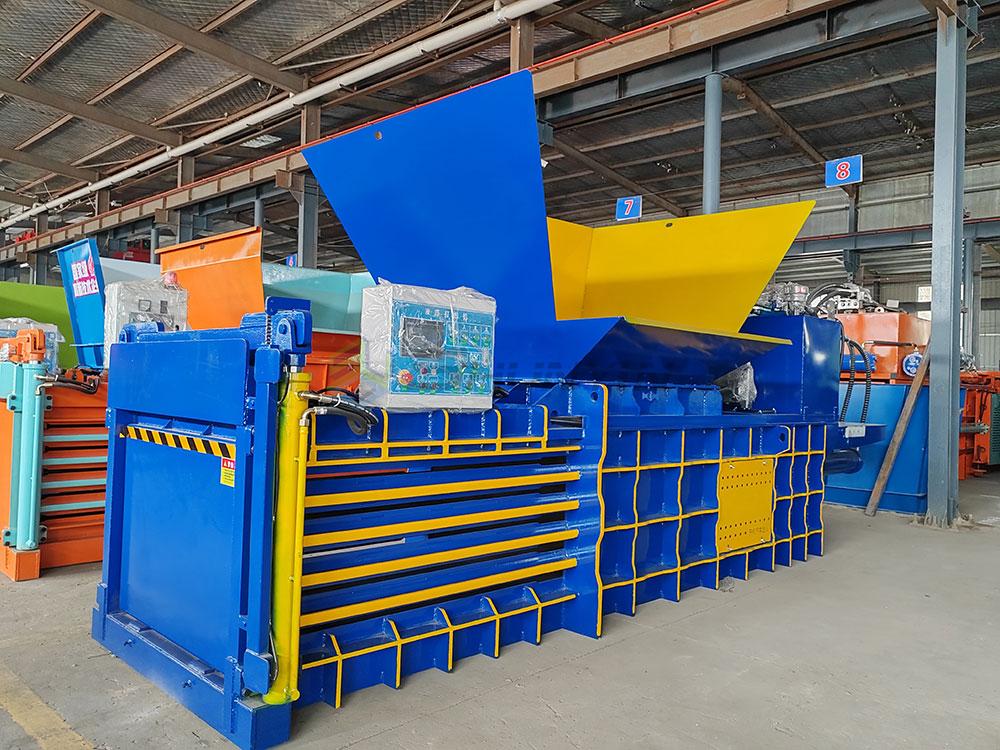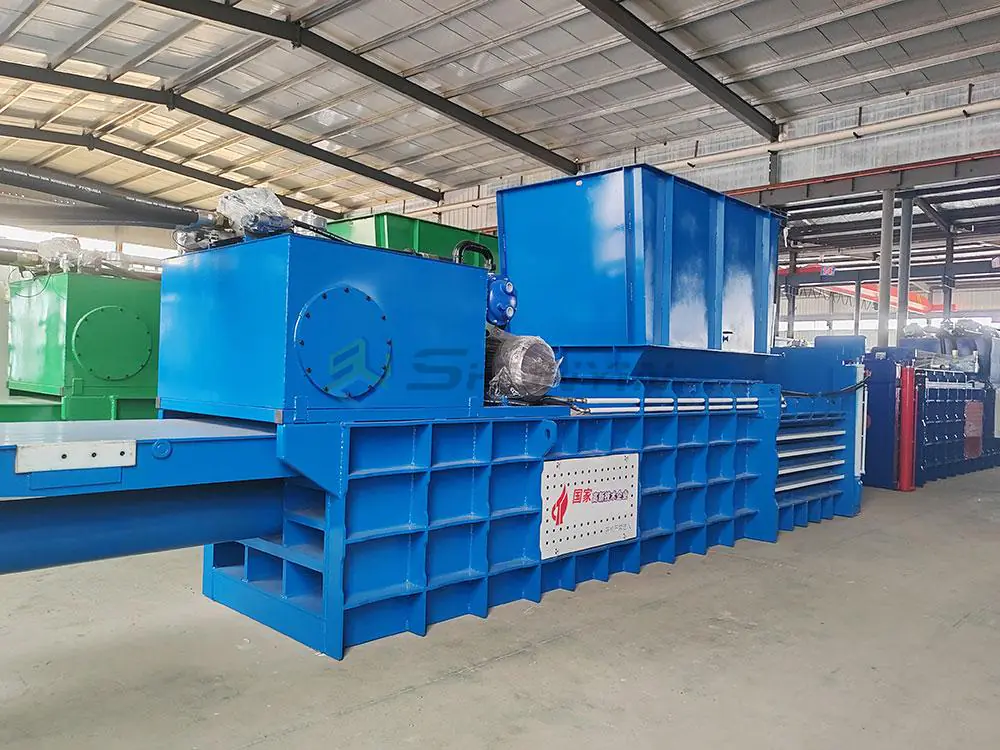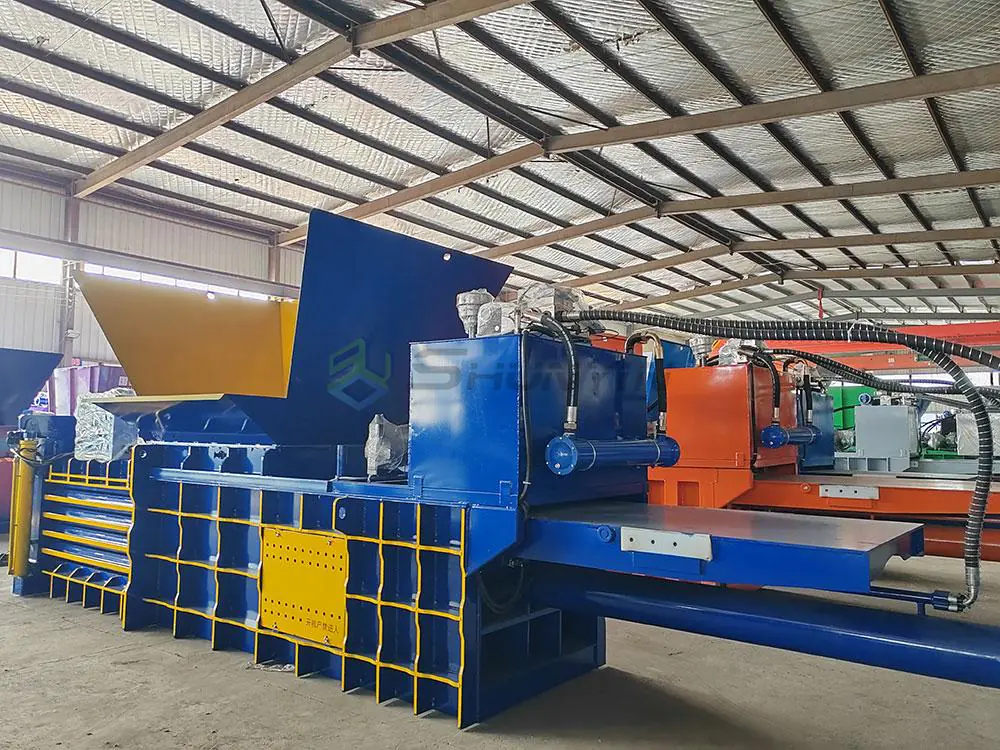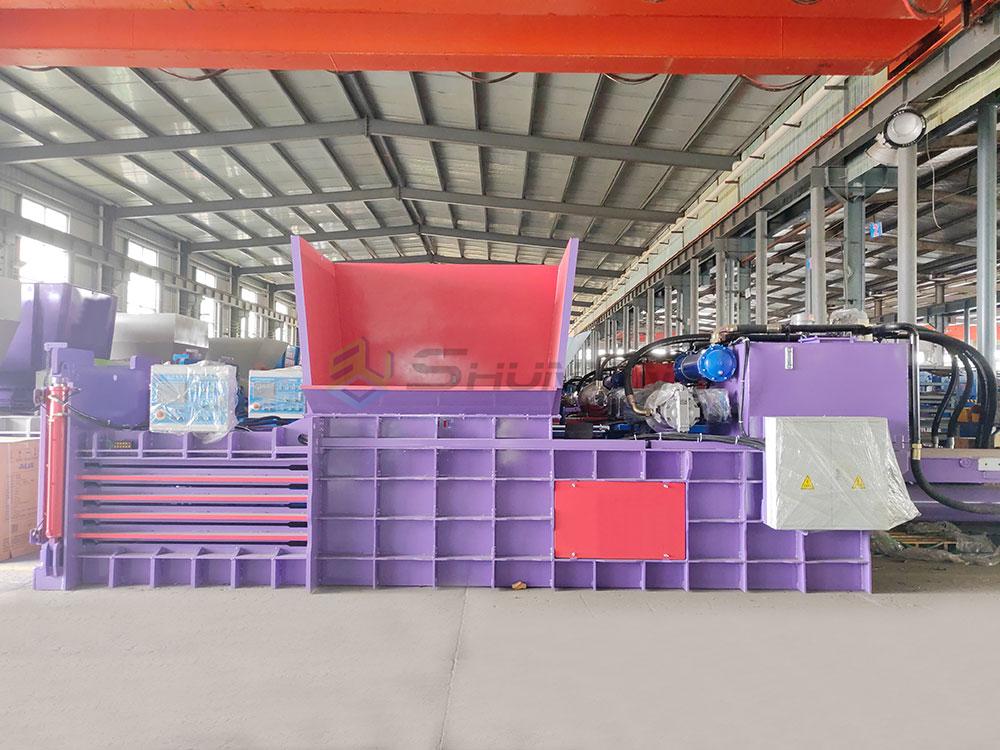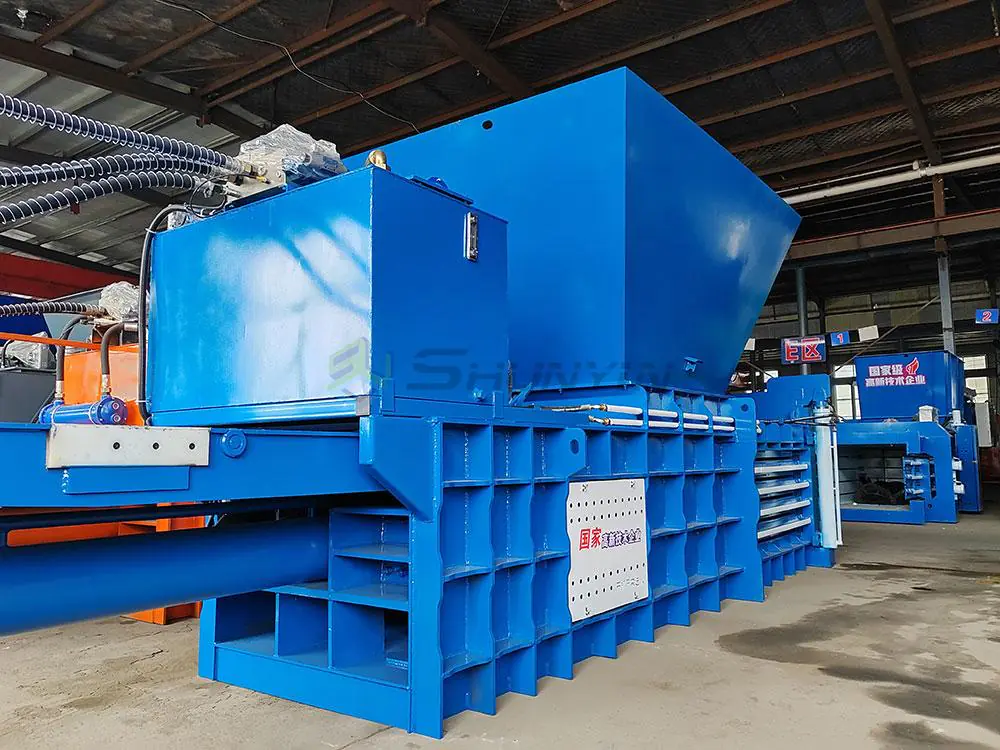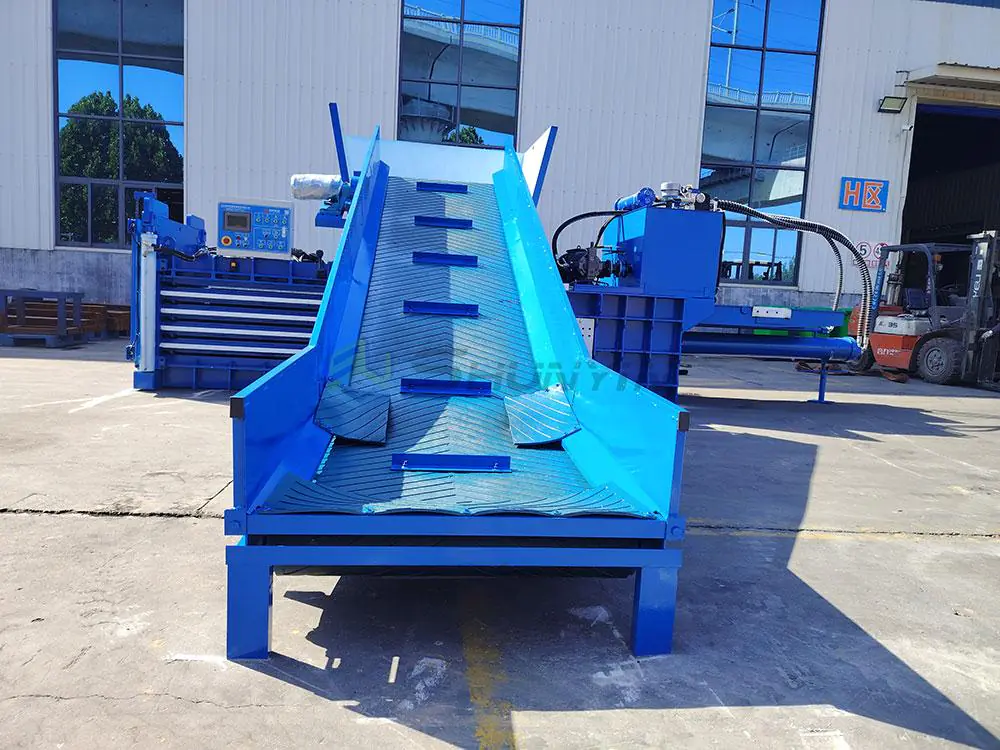Watched $28k vanish from mismatched densities? A Jakarta plant lost profits when PET bales were too dense for shredders. Optimize compression today.
For plastic recycling ROI in 2025, prioritize automated horizontal balers with material-specific compression algorithms that balance bale density against downstream processing costs—achieving 30% transportation savings without equipment damage.
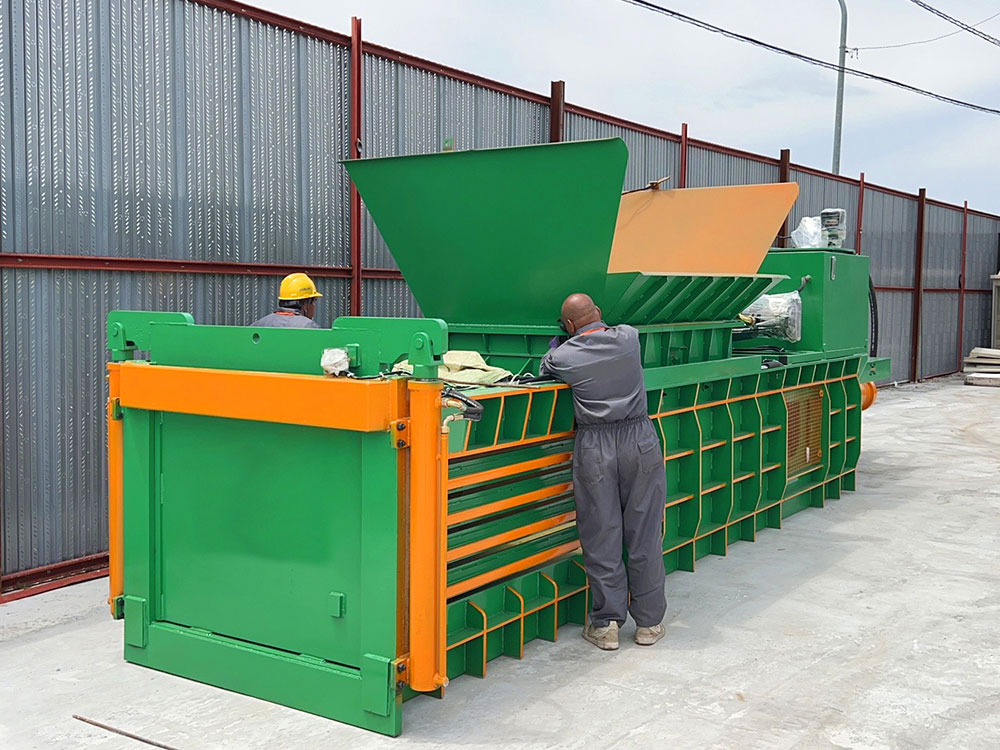
Misaligned equipment causes permanent bottlenecks in recycling chains—these are the proven recalibration strategies.
Can a Horizontal Baler Handle PET Bottles and Film?
Saw a shutdown over tangled film? Michigan processors lost 47 hours monthly before installing anti-wrap features. Material type determines success.
Yes—quality horizontal balers process both materials using dual shredders and staggered compression cycles. PET requires 60-90 PSI chamber pressure while films need wrapping-prevention blades and auto-reversing systems for continuous operation without jams. Material-specific configurations are mandatory.
Material incompatibility isn’t a cost—it’s shutdown risk. Compare processing capabilities carefully.
Plastic Type Performance Matrix
Material Handling Specifications:
-
PET Bottle Optimization:
- Reinforced compression chamber walls
- 0.5-1.0" serrated blades for bulk reduction
- Minimum 80T hydraulic force
-
Film Processing Protocol:
- Cross-cut pre-shredding module
- Teflon-coated RAM surfaces
- Automatic winding detection sensors
-
Hybrid System Compatibility: Feature PET Bottle Mode Film Mode Shared Requirements Blade Type Serrated single-edge Double-rotary teeth Stainless steel Cycle Time 90-110 seconds 70-85 seconds Auto-reset controls Discharge Gravity ejection Belt-assisted Non-stick coating
Text "Material Sample" via WhatsApp for our PET+film settings cheat sheet—prevents 93% material conflicts.
How Do You Adjust Bale Size and Weight in a Horizontal Baler?
A UK client shipped air: Bales filled only 68% of containers. Smart PLC adjustments saved $18k/month in freight fees. Dimensions dictate economics.
Our touchscreen controls adjust bale length/density through PLC presets matching regional standards: Europe = 1100mm L x 900mm H, USA = 42"L x 30"H. Set exact dimensions to optimize pallet/container loading—saves 15-22% logistics costs.
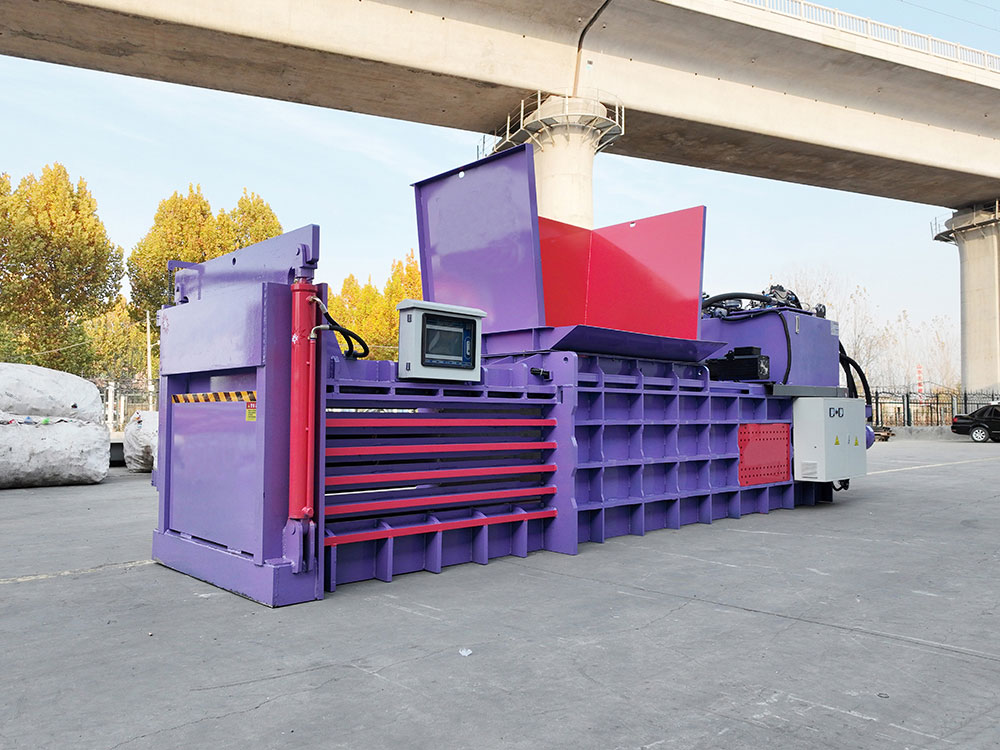
Precise calibration isn’t luxury—it’s cost control. Understand the parameters.
Container Optimization Guide
Regional Standardization Chart:
| Region | Optimal Dimensions | Max Weight | Containers/Cycle |
|---|---|---|---|
| EU Pallet | 1100x900x800mm | 580kg | 27 bales/40ft HQ |
| US Pallet | 42"x30"x48" | 1200lbs | 33 bales/40ft HQ |
| Sea Export | Adaptable to LCL/FCL | Custom | +15% capacity |
Calibration Essentials:
-
PLC Preset Library
- One-touch regional templates
- Density sliders (soft, medium, extrusion)
- Memory slots for custom profiles
-
Overhead Reduction Tactics
- Auto-bale measuring sensors
- Integrated scale systems (+/- 0.5% accuracy)
- Stacking simulation software
Email your pallet specs—we’ll program a free container-loading optimization report.
Why Choose a Fully Automatic Horizontal Baler Over Semi-Auto?
Quebec processors saved $230k/year replacing semi-auto units despite higher prices. Labor dominates budgets—automate now.
Fully automatic balers cut staffing needs by 75% while achieving 2.6X throughput. Beyond labor savings, integrated diagnostics prevent 81% of downtime versus manual interventions in semi-auto models—critical for >20 ton/day facilities.
Downtime is invisible bankruptcy—quantify what automation actually delivers.
Cost-Benefit Analysis Breakdown
Direct Labor Savings:
| Position | Semi-Auto Requirements | Full-Auto Requirements | Yearly Savings |
|---|---|---|---|
| Loading | 3 workers/shift | Robotic arm | $112,000 |
| Tying | 2 workers | Auto-wire system | $78,000 |
| Jams | Supervisor intervention | Auto-reversing systems | $43,000 |
Downtime Prevention Metrics:
- Predictive Maintenance System (Industry 4.0 models):
- Monitors cylinder temperatures
Tracks hydraulic pressure drops
Warns before failures via SMS/email
- Monitors cylinder temperatures
- Remote Diagnostics Portal:
Our Chicago center troubleshoots 68% of faults without technicians
Calculate your savings—WhatsApp throughput data for automatic ROI modeling.
How Many Tons Per Hour Can a Horizontal Baler Process?
Claimed 15 tons—delivered 6.2? A Filipino plant nearly defaulted on contracts after trusting factory specs. Verify actual throughput.
Honest capacity: Pure PET achieves 8-20 tons/hour based on automation level, but mixed plastic drops to 4-9 tons/hour due to low film density. Demand test videos processing your exact material mix before purchasing—real-world results vary 40-75% from lab claims.
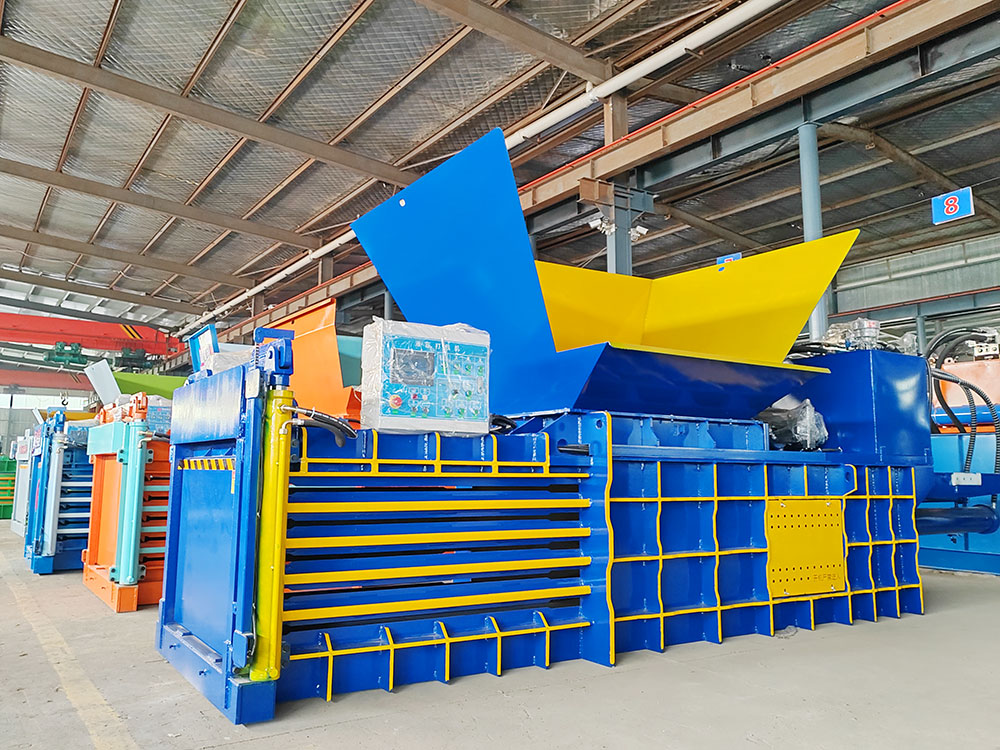
Theoretical numbers deceive—only proven field data matters.
Material-Impacted Capacity Table
Honest Performance Reporting:
| Material Type | Theoretical Max | Real-World Average | Efficiency Killers | Solutions |
|---|---|---|---|---|
| PET Bottles | 18 t/h | 14-16 t/h | Uncrushed necks | Pre-shredding module |
| HDPE Containers | 15 t/h | 12-13 t/h | Irregular shapes | Double-compression cycle |
| Mixed Film | 10 t/h | 4-6 t/h | Static cling | Anti-cling ionization bars |
| Mixed Stream | 12 t/h | 5-9 t/h | Composition variance | AI sorting pre-feed |
Verification Process:
- Factory pre-audit checklist
- Video trial using client-material sample
- Throughput report signed by third-party verifier
Visit our YouTube channel for 37 real-world test videos. No secrets—just proofs.
Conclusion
Maximize plastic recycling profits in 2025: Match equipment to materials, customize bale specs, automate processes, verify real throughput—WhatsApp your needs for personalized engineering review.


